The Netflix Sci-Fi Thriller Reboot That Made Up For A ’90s Blunder
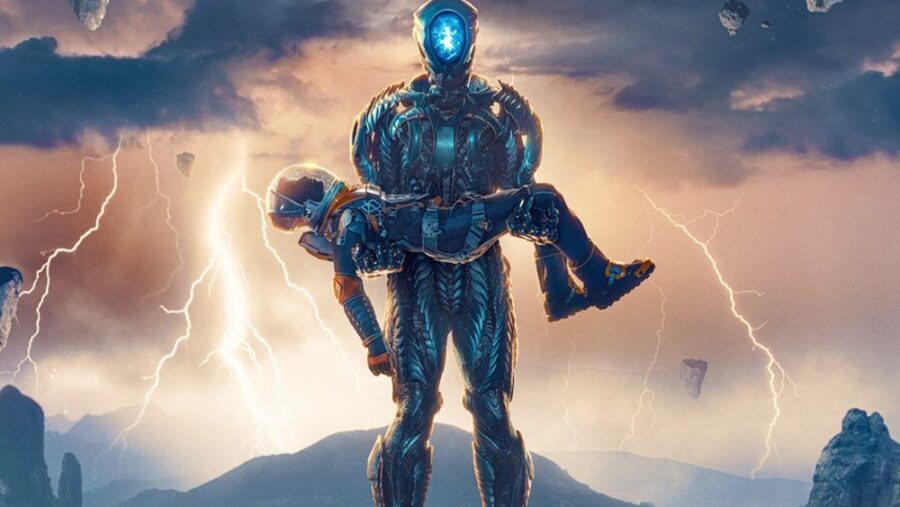
We previously discussed the influence some of the most prominent releases have on cinematic and television history, and the significance of some releases warranted various reboots and remasters. The 1930s were largely remade during the 1960s and 1970s, and many releases from the end of the previous century are being rebooted in this one—as is the case with Netflix’s Lost in Space, which not only revived the 1960s classic but also redeemed the cinematic blunder from the 1990s.
Netflix Remakes The Beloved ’60s Series
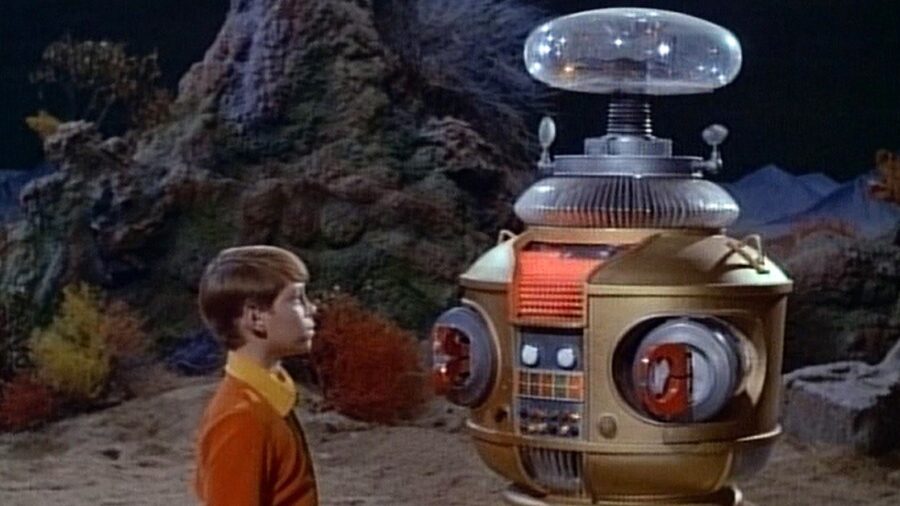
Before it graced us on Netflix, many remember Lost in Space as a clumsily directed flop from 1998, which didn’t sit well with either the critics or the audiences. However, Lost in Space originally graced the small screens in the 1960s as a charming series that was very loved by the audiences. Considering its popularity among the elderly population and its cult classic among the younger audiences—which are becoming increasingly interested in retro-tech and media—the original Lost in Space was ripe for reimagining, and Netflix stepped up to the challenge.
The Robinsons Are Once Again Lost In Space
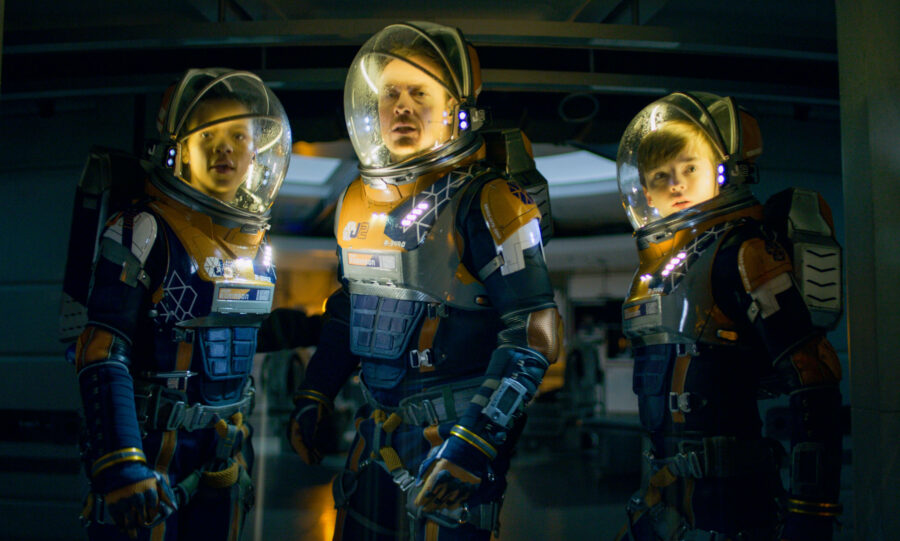
Fortunately, the streamer did a respectable job when it comes to the Lost in Space reboot series; Zack Estrin helmed the series that was now envisioned as a dramatic, character-drive space odyssey penned by Matt Sazama and Burk Sharpless, both of which are known for their work on Dracula Untold and The Last Witch Hunter, and Gods of Egypt. The core of the narrative pretty much stays the same: The Robinsons set out to colonize a new world—and by that, we mean a new planet—but their spaceship gets thrown off course, and they end up in an uncharted area of space.
How Netflix Introduces Will Robinson’s Robot Companion

There’s also a story about the boy and his robot mixed into the narrative, though, in Netflix’s Lost in Space version, Will Robinson encounters an alien robot—aptly given the name Robot—and saves him from a forest fire. As a result, the two of them bond. Also, the main, overarching villain of the story has been changed. In the original series, it was Dr. Zachary Smith who eventually became a less sinister member of the expedition in the original series and a nasty bug-like hybrid in the 1998 movie flop.
The Series Antagonist
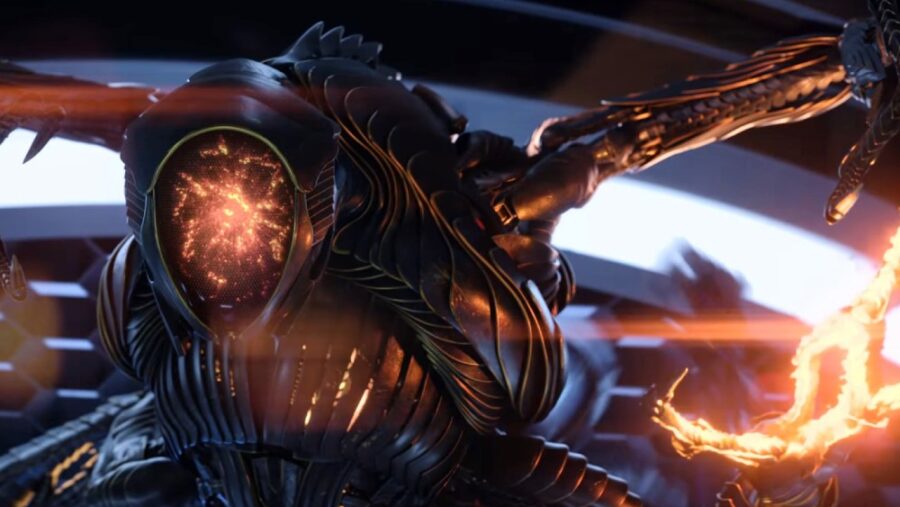
Lost in Space reinvented the character of Zoe Smith, a petty criminal who caused plenty of trouble for the crew but ended up becoming one of its vital members. The overarching villain of the whole story is actually SAR, the leader of the Robots who has been trying to wipe out humanity and has been responsible for wiping out their own creators. This is a major change from the plot of the original series and its failed cinematic adaptation, but a very welcomed one, as it provided both a blend of dramatic suspense, high-octane thrills, and emotional depth.
Netflix Makes Up For The ’90s Bomb
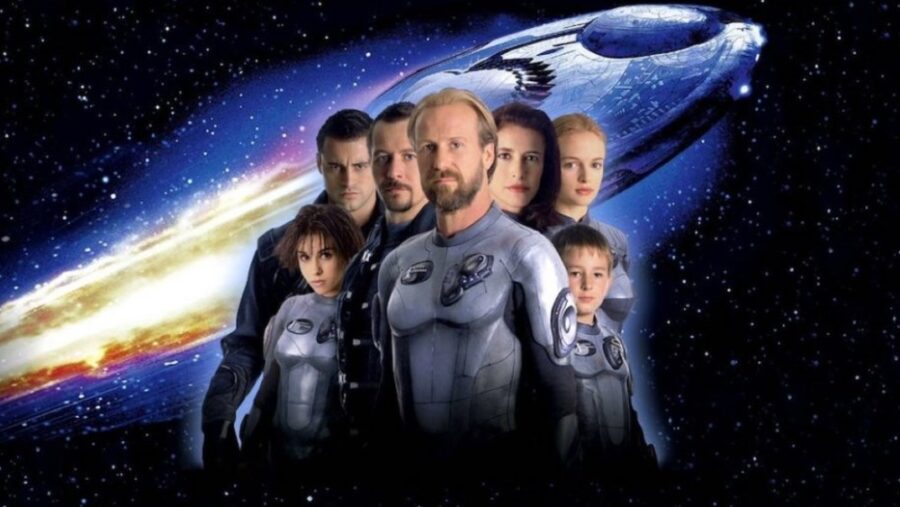
As far as the production goes, the ’90s movie relied heavily on practical effects that, while impressive for the time, bordered on over-exaggeration. To the original movie’s defense, Netflix leveraged the latest and greatest in CGI technology to render the alien world landscapes, the futuristic tech the Robinsons relied on, as well as the robots that appear throughout the new Lost in Space series. Paired with the fact that the series was filmed in exotic locations and backed up by an impressive budget, the results speak for themselves.
Lost In Space Is Well Received By Critics And Audiences
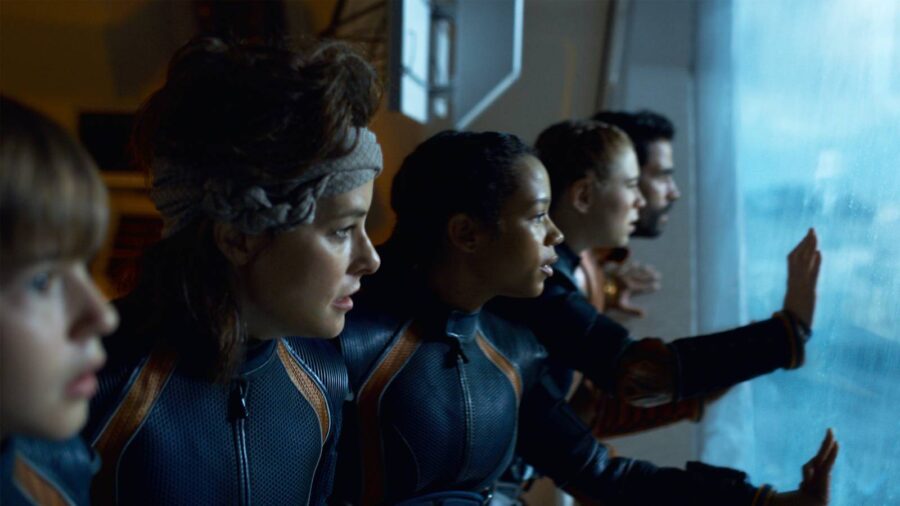
Netflix’s Lost in Space was met with both excitement and trepidation by the fandom, with the latter being a consequence of the ’90s movie. However, the series quickly differentiated itself from the ’90s flop due to the sheer quality of its storytelling and cinematography. Both the critics and the audiences were quick to note the massive improvements the series features over the ’90s movie, garnering praise for its emotional complexity, impressive visuals, the cast’s performance, and for striking the perfect balance between homage and innovation.
Lost In Space Comes To An End With Season 3
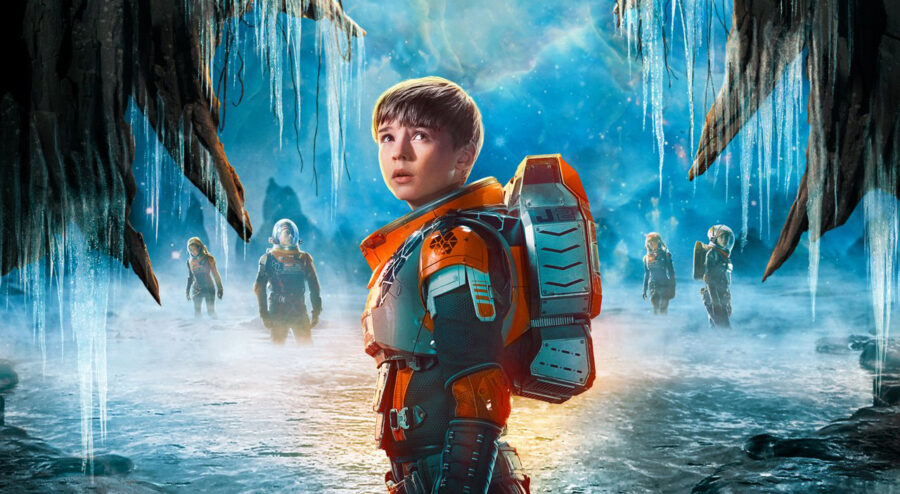
Of course, no release is without criticism, and Lost in Space was criticized for its villain, including the character of Zoe Smith. Parker Posey was praised for her performance as Zoe Smith, but the criticism fell on the writers who failed to adequately conclude Smith’s narrative arc. With that said, Lost in Space now stands as a testament to the power of thoughtful reimagining, and we only wish Netflix had put as much thought and consideration into The Witcher as they did with Lost in Space—which is currently available for streaming on the platform.












